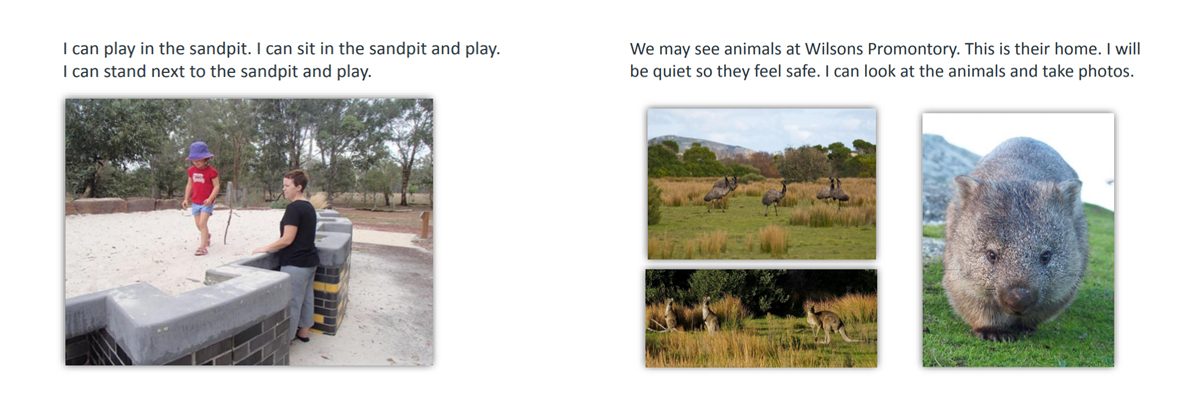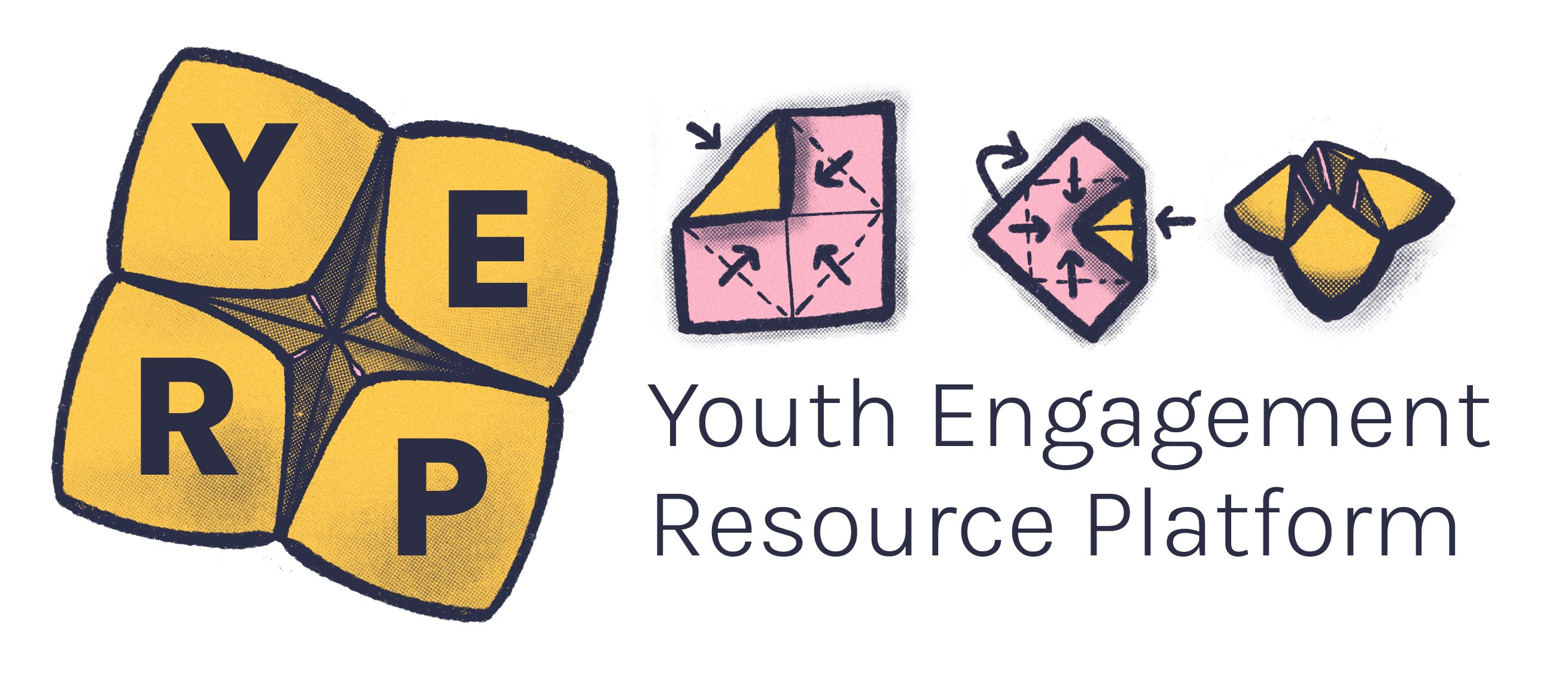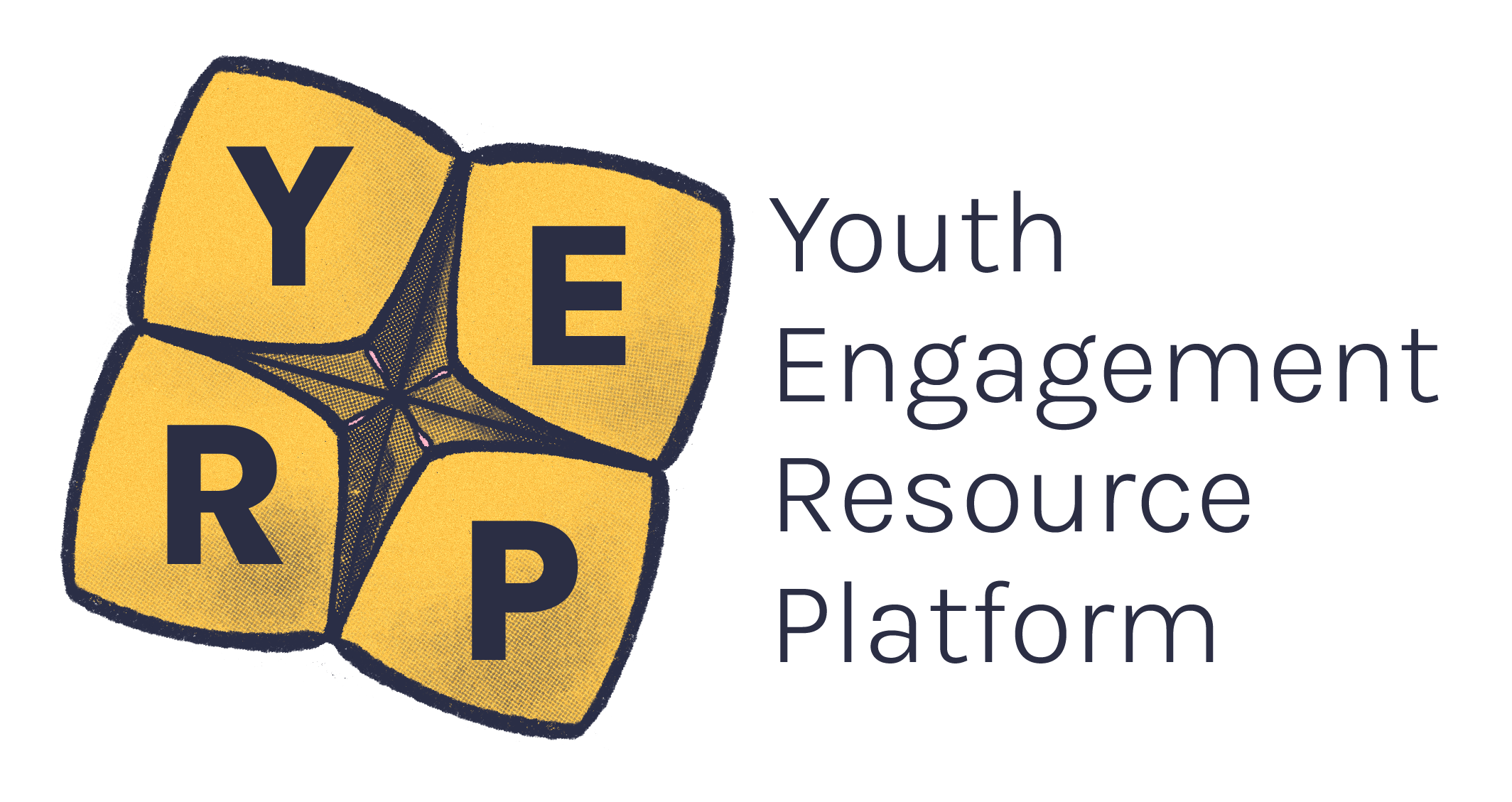Social scripts are intended to support young people who may have difficulty navigating unfamiliar situations and are unsure of the appropriate types of behaviour in each given context.1
They use storytelling with pictures and direct language to inform people about what will happen in a variety of situations and explain unspoken social rules and expectations.1
Creating social scripts is a simple and effective way of removing barriers to access and participation.
Check out the Youth Disability Advocacy Service’s (YDAS) resources around social scripts and take part in their Together Training.
Social scripts provide information on how things usually happen, and spell out socially acceptable behaviours and social norms. They can be written for anyone and everyone.2
Autistic people, people with intellectual disabilities, people from migrant and refugee backgrounds and people with mental ill health may all benefit from social scripts to help understand complex and unspoken social norms and interactions.
Social scripts should be provided before an event and/or at the start of an interaction and can be easily tailored to a person’s individual needs.
A photo inside a library that has many glass windows.

Social scripts should be written in a neutral tone. This means you’re not dictating a young persons behaviour but rather uncovering any implicit social rules or cues.2
For example, the script might say “this space is usually quiet” which is neutral, whereas "you must be quiet” is directive and tells someone how they must behave. In this example, you're explaining that people aren't forced to be quiet, but that it’s useful for people to know that this space tends to be a quiet one.2
They can include things such as:1
- Outlining what others will be doing
- Listing items that the young person can bring with them
- Identifying the people that the young person can expect to meet; others who are attending, key speakers, child safety officers, staff
- A description of what the situation will be like
- Indicating what will be expected of the young person on the day
- Defining the purpose of the experience or service
Other tips:
- Social scripts can either be written using first-person statements such as “I will show my ticket to the cinema worker before finding my seat,” or using second-person statements such as “You can eat the snacks you buy from the snack bar while watching the movie.”2
- If you’re writing a social script where there could be multiple or varying outcomes, it’s best to use open ended words like ‘sometimes’ and ‘usually’.
- Avoid using words or phrases that could create anxiety or distress for the person such as “if you do this you will upset people” or “not doing this will isolate you from others.” Suggestions should be framed positively and aim to highlight the benefits of the behaviour, rather than using fear or anxiety-inducing language as a deterrent.2
- Language should be appropriate to the person’s age and level of understanding.
- Any pictures that are used should be clear and easily understood and can include the person’s interests.
This is an excerpt of a social script from Amaze about playing in a sandpit and going to Wilsons Promontory.3
The image on the left is a child walking in a sandpit with their parent standing off to the side. The text reads: I can play in the sandpit. I can sit in the sandpit and play. I can stand next to the sandpit and play.
The image on the right has kangaroos and emus in the Wilsons Promontory landscape. There is a close up image of a wombat. The text reads: we many see animals at Wilsons Promontory. This is their home. I will be quiet so they feel safe. I can look at the animals and take photos.

- Youth Disability Advocacy Service. (n.d.). Social Scripts. Youth Affairs Council Victoria (YACVic). https://www.yacvic.org.au/ydas/resources-and-training/together-2/practical-ideas/social-scripts/
- National Autistic Society. (2020). Social stories and comic strip conversations. National Autistic Society. https://www.autism.org.uk/advice-and-guidance/topics/communication/communication-tools/social-stories-and-comic-strip-coversations
- Amaze. (2023). Social Scripts. Amaze. https://www.amaze.org.au/training/social-scripts/





